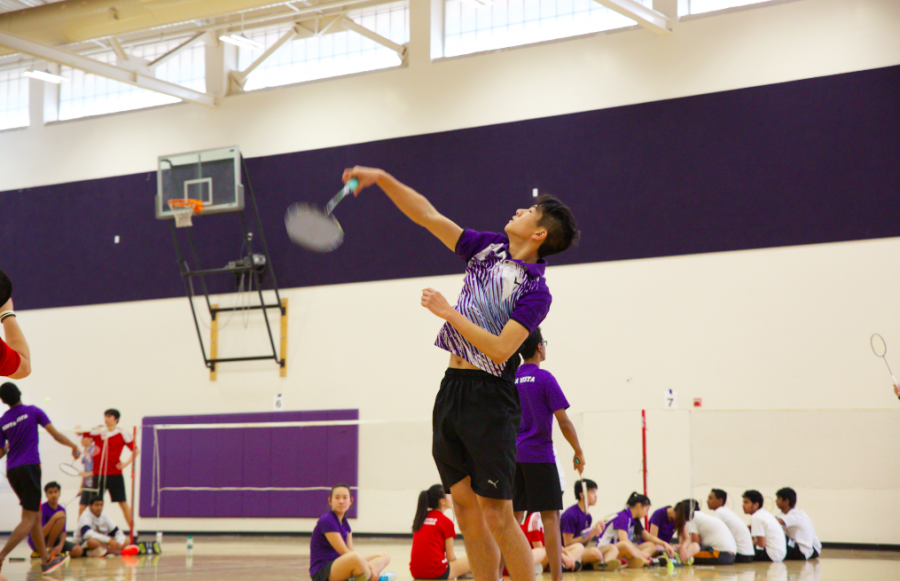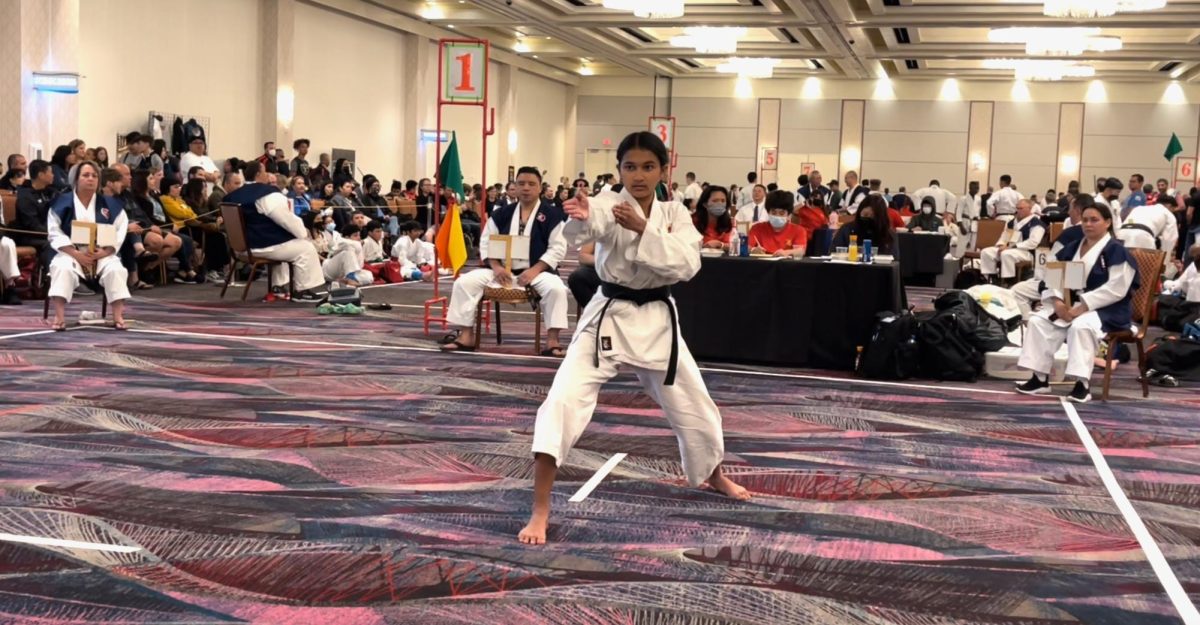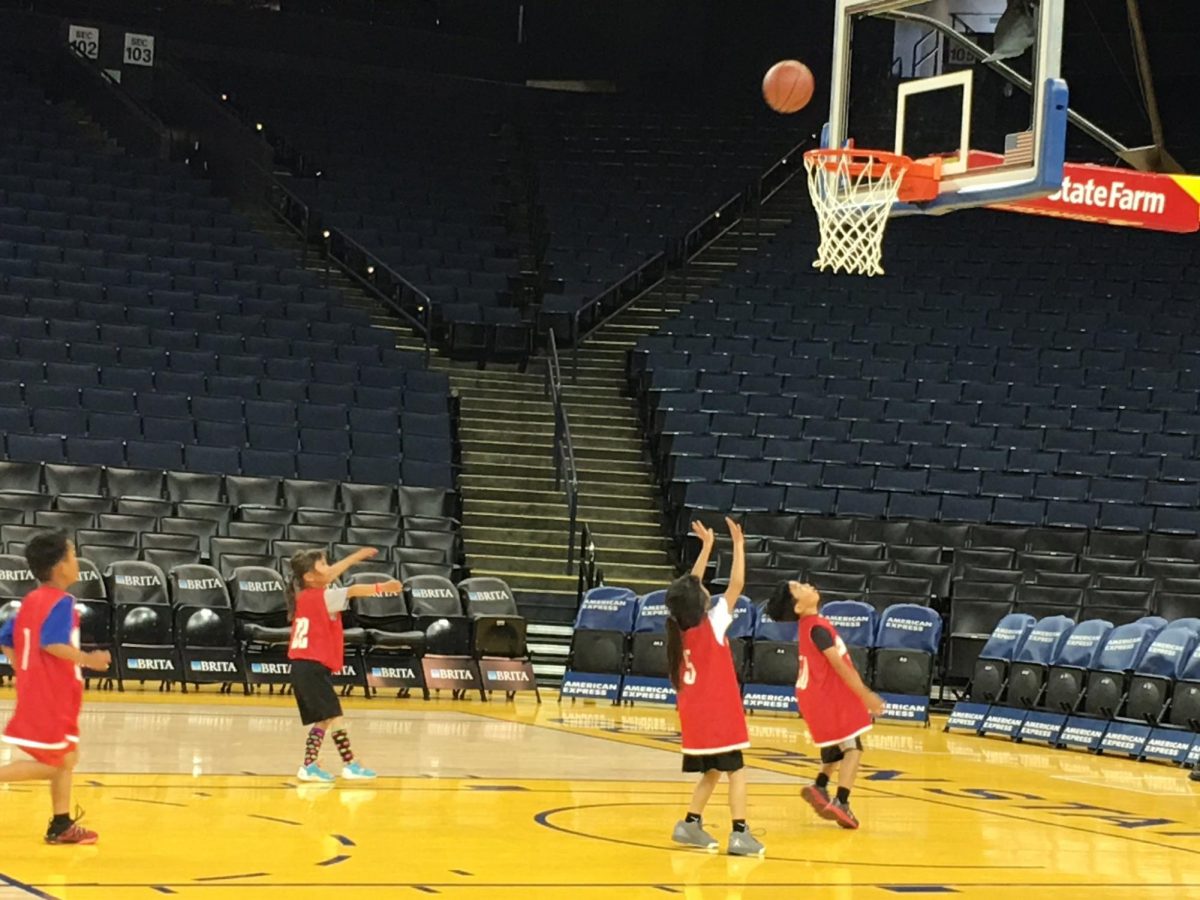The bell tolled, and her stomach dropped slightly. She slowly packed up her science notebook, pretending to write down extra notes and anxiously waited for her classmates to leave before she stood up. Pulling her shirt over her midsection, she walked out of her sixth grade science class, deliberately remaining quiet while following her peers.
This routine happened almost every day at the beginning of middle school for sophomore Kamya Krishnan. At 155 pounds, at just five feet tall, making herself unnoticeable in front of her peers seemed like the only way to suppress the anxiety that came along with being overweight.
“A lot of people are really self-conscious,” Krishnan said. “I know there’s a lot of body shaming that can go on if you don’t have a perfect body.”
Krishnan’s BMI was 5.4 kg/m² more than the normal weight range for her height, which was 97-123 lbs., making her obese by BMI standard.
Although Kamya’s mother Lalitha Krishnan encouraged her daughter to participate in physical activities from a young age, Kamya admits that even sports like basketball, volleyball and soccer couldn’t compensate for the amount of food she ate. Her diet consisted of mainly noodles, burgers and lots of rice.
Lalitha would often joke to her daughter about her weight and tried to persuade Kamya to cook her own meals, hoping to enlighten her about her current state of health. And so Kamya took her mother’s remarks as motivation to change her habits and lose weight.
Along with the words from her mother, Kamya acknowledged the standards of people’s body shapes at school and how that influenced her to make a change.
“I found people who were skinnier than me complaining about their weight,” Kamya said. “And then I realized if they’re complaining about their weight, then imagine me, then what am I?”
Her first step to losing weight began with a new diet and exercise plan. The summer after sixth grade, she started cutting out rice and cheese from her diet and limiting herself to mainly whole wheat bread and vegetables.
It was a lot to commit to at first, but Kamya knew she had to gradually change her diet if she was going to be able to resist eating unhealthy foods.
“At first it was easy because I didn’t constrict myself so much,” Kamya said. “I didn’t go from eating a lot to eating nothing.”
Adding to her new diet plan, Kamya also developed her own workouts. At first these workouts consisted of half an hour of cardio every day combined with strengthening exercises such as squats and pushups. After a few weeks of consistently working out, Kamya was able to manage two hours of cardio daily. She also participated in classical Indian dance for about an hour a day.
Kamya’s habits were changing, but the number on the scale wasn’t. This didn’t bother her. She continued to exercise, keeping her focus on dance and soccer, and sixth months later, she had managed to cut off 30 pounds.
Lalitha admired her daughter’s progress and motivation to have a healthy body and lifestyle. She even admitted to trying to keep up with her daughter’s workouts sometimes.
“She has taken her life choices in her hand,” Lalitha said. “And she’s responsible in making it happen.”
Kamya moved on from soccer, but continues to dance and joined MVHS’ field hockey team in her sophomore year. She admits she lost weight during the season but hardly noticed as that level of physical activity had become a routine for her.
Senior David Chen had a similar experience with changing his habits to lose weight. In seventh grade, he would play badminton for about one to two hours a week, but that was his only form of exercise. Even when his mom made home-cooked meals, Chen would skip the vegetables and only eat the meat and rice. He also enjoyed indulging in the pizza pockets from the cafeteria.
But the summer after seventh grade, Chen decided to pursue badminton and extend his training to about six hours a week.
Though badminton was still his only form of exercise, Chen started to shed pounds through the intense conditioning at his badminton practices and through a modified diet.
But the change didn’t come so easily for Chen. Though he still doesn’t have a particular taste for vegetables, he’s adapted the mindset of knowing he can treat himself if he eats more healthy foods.
“I’ve managed to make them bearable by saying, ‘if you eat this you can eat more sweets,’” Chen said.
Continuing with badminton, Chen’s eating habits also began to change and soon his fat was replaced by muscle. He was growing, so losing actual weight was not as big of a goal, but shedding the fat and changing to a healthier lifestyle was.
“It’s really hard to change habits,” Chen said. “But once you take that first step, you just keep pursuing it with that end goal in mind, and every step will get easier.”
It was clear for both Kamya and Chen that losing weight was harder than it looked. Whether it was resisting the tub of ice cream sitting in the fridge or picking up a dumbbell, unhealthy habits were something they had to work to break.
“No matter what other people say, you should keep your mind on your goal,” Kamya said. “Be self-centered in that moment because that’s what’s important.”
















